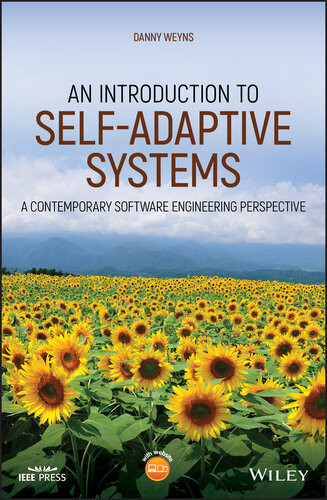

Most ebook files are in PDF format, so you can easily read them using various software such as Foxit Reader or directly on the Google Chrome browser.
Some ebook files are released by publishers in other formats such as .awz, .mobi, .epub, .fb2, etc. You may need to install specific software to read these formats on mobile/PC, such as Calibre.
Please read the tutorial at this link: https://ebookbell.com/faq
We offer FREE conversion to the popular formats you request; however, this may take some time. Therefore, right after payment, please email us, and we will try to provide the service as quickly as possible.
For some exceptional file formats or broken links (if any), please refrain from opening any disputes. Instead, email us first, and we will try to assist within a maximum of 6 hours.
EbookBell Team

4.8
44 reviewsA concise and practical introduction to the foundations and engineering principles of self-adaptation
Though it has recently gained significant momentum, the topic of self-adaptation remains largely under-addressed in academic and technical literature. This book changes that. Using a systematic and holistic approach, An Introduction to Self-adaptive Systems: A Contemporary Software Engineering Perspective provides readers with an accessible set of basic principles, engineering foundations, and applications of self-adaptation in software-intensive systems.
It places self-adaptation in the context of techniques like uncertainty management, feedback control, online reasoning, and machine learning while acknowledging the growing consensus in the software engineering community that self-adaptation will be a crucial enabling feature in tackling the challenges of new, emerging, and future systems.
The author combines cutting-edge technical research with basic principles and real-world insights to create a practical and strategically effective guide to self-adaptation. He includes features such as:
Perfect for researchers, students, teachers, industry leaders, and practitioners in fields that directly or peripherally involve software engineering, as well as those in academia involved in a class on self-adaptivity, this book belongs on the shelves of anyone with an interest in the future of software and its engineering.